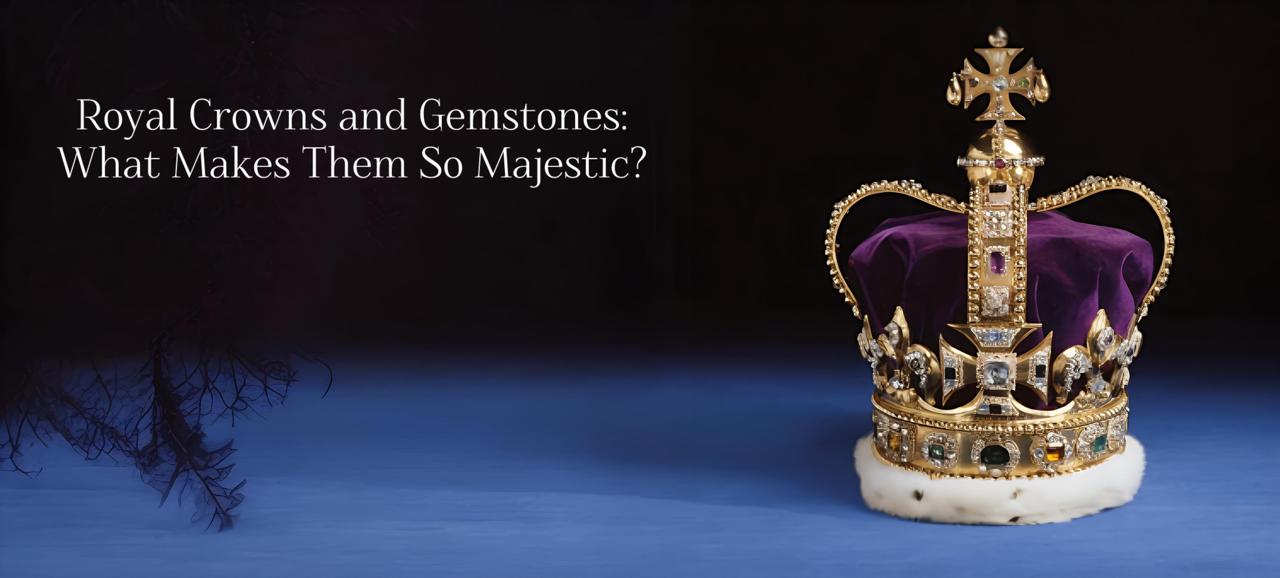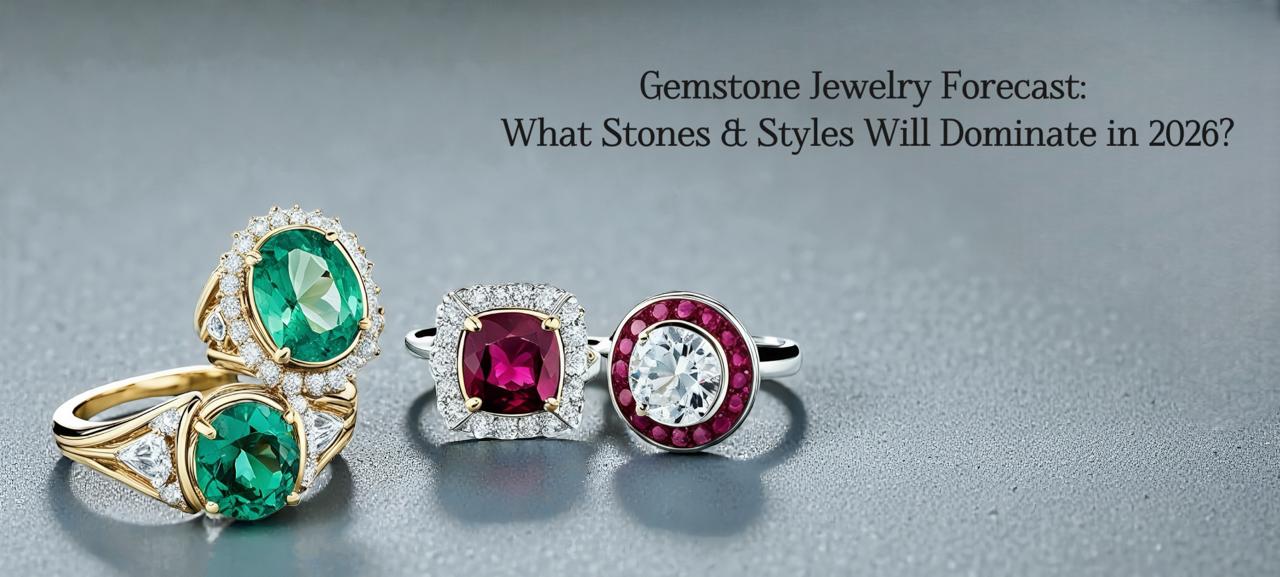 Categories
Categories 
Until the recent centuries, grading and pricing of gemstones have always been based on subjective interpretation and the trained eyes of gemologists and market intuition.
However, with the way the jewelry industry is taking a digital turn, artificial intelligence (AI) is proving to be a game changer- one that can bring precision, speed and transparency to a business that has more traditions than digital aspects. Whether it is the automation of the 4 Cs or forecasting market fluctuations, AI is transforming the very way we appreciate the shine.
In this blog, let's see how AI helps with gemstone grading and pricing.
The fundamental pillars of gemstone grading are the 4Cs - Color, Clarity, Cut and Carat - they are infamously subtle. Even highly experienced human graders may disagree on their judgments of these four factors. This is where AI comes in to normalise and scale it:
Color Analysis: AI breaks down the hue, tone, and saturation into mathematical models, and this eliminates subjective bias.
Clarity Detection: Gemstone clarity detection using high-resolution imaging and machine learning is used to detect inclusions that would not be visible to the human eye.
Cut Evaluation: The symmetry, proportions and angles are subjected to an algorithmic evaluation in order to ascertain brilliance and light performance.
Carat Estimation: AI uses dimensional and 3-D models to calculate weight.
The result? Coughed up, graded a lot quicker and uniformly across labs and boundaries.
Read More - The 5Cs to Coloured Gemstones

Let lab-grown gems and treated stones flow into the market away with it as much as possible; authenticity is more important now than ever. AI can assist in the process of identifying natural and synthetic by:
This will make consumers confident and preserve the integrity of the business of gem trade.
Also read - Type of Treatment Used on Rubies and Sapphires
Prices of gemstones have traditionally been governed by the rarity and demand of gemstone and by the discretion of dealers. AI brings the clarity of the data:
Trend Tracking: AI keeps track of auctional outcomes, online sales, and demand around the world to get a pattern on the prices. So, you can take the help of AI while looking forward to buying a gemstone, as it can help you estimate the price of a particular gemstone (ruby stone, sapphire, etc.).
Predictive Valuation: The algorithms calculate future prices according to the quality and the behaviour of entities on the market. So, you can check which gemstone will be the best for you to invest in.
Investor Insights: Purchasers get clever suggestions on high-value purchases.
Even platforms such as Gubelin Gemtelligence come up with origin determination, simplified costs in treatment detection and even reduced costs due to efficiencies in AI.
From correcting machines to democratizing accuracy, AI can make good use of the ability to generate ethically sourced data. Eradicating the factor of human bias, the AI will create consistent grading across-country and across-labs. Together with blockchain, it facilitates ethical sourcing, as well:
Follows the process of taking a gemstone out of mine to sale.
Waves questionable supply trends.
Keeps in line with conflict-free certifications.
This is particularly critical considering that consumers are demanding to have transparency and sustainability in buying of luxuries.
Further Reading - How to Spot a Fake Gemstone: 6 Red Flags Every Buyer Should Know
Design AI goes well beyond grading and pricing. It is alternating the creativity of jewelry, and the customer experience:
AI Designs: Suggested by trends and preferences, tools are developed to produce custom pieces.
Virtual Try-Ons: A customer can see jewelry using augmented reality to purchase it.
Chatbots and Assistants: AI will take buyers through the grading reports and choice of gemstones (blue sapphire, amethyst, yellow sapphire, etc.).
Although the technology itself is the potent part, it is the emotional connection that supports the human aspect with the values of trust, beauty, and meaning.
Challenges and Considerations Despite its promise, AI in gemology faces hurdles:
Challenge | Impact |
Cost of Implementation | High-tech tools may be inaccessible to small labs |
Data Dependency | AI accuracy relies on robust, diverse datasets |
Human Expertise Still Vital | Complex cases still require skilled interpretation |
AI isn’t replacing gemologists—it’s empowering them.
Discover more - Why Custom-Made Jewellery Is Gaining Popularity in Modern Times?
AI is transforming how the gemstones are graded and priced but it is not blurring the soul of gemology. Rather, it is improving it- adding transparency to intricacy and velocity to convention. The industry is shifting to a future that makes our world not only smarter, but more transparent, inclusive and emotionally intelligent as algorithms learn to see what humans could be missing.
As it turns out, the cut or the carat of a gemstone is not the only value it possesses, but what it is conveying. And AI is now assisting in making that story more than true.
Want more details, or expert guidance in choosing your right gemstones? Visit Navratan.com now.


How to Clean Gemstone Jewelry Naturally: Easy & Effective Tips
December 5th, 2025

Gemstone Jewelry Forecast: What Stones & Styles Will Dominate in 2026?
December 1st, 2025
Why Shani Can Make or Break Your Life — The Untold Astrological Truth
December 1st, 2025